South Korea's seven state power firms posted better first-half profitability than such key manufacturers as Samsung Electronics Co. and Hyundai Motor Co. as they kept rates flat despite falling production costs, data showed Wednesday.
According to the data compiled by market researcher CEO Score, the ratio of operating profit to sales for Korea Electric Power Corp. and its six subsidiaries averaged 10.7 percent in the first half of the year.
The figure is higher than 10.1 percent for tech giant Samsung Electronics and 9.8 percent for top automaker Hyundai Motor. It also hovers well above the average operating profit-to-sales ratio of 6.4 percent for the country's top 30 family controlled conglomerates.
Korea East-West Power Co. recorded the highest ratio of 22.8 percent, with KEPCO's number standing at 7.5 percent.
The data showed the combined operating profit and net income of the seven power companies rising roughly 10 times and 30 times each over the past few years, despite a drop in revenue.
Their first-half sales dropped 3.6 percent from two years earlier to 39.7 trillion won ($35.4 billion) in the January-June period, but operating income skyrocketed 841 percent to 4.2 trillion won with net profit gaining nearly tenfold to 3.9 trillion won.
KEPCO registered the most remarkable turnaround over the cited period. The company chalked up an operating profit of 2.4 trillion won in the first half, compared with an operating loss of 453.6 billion won two years ago. It also swung to a net profit of 2.4 trillion won from a net loss of 542.9 billion won.
Analysts said earnings of the state electricity firms shot up in the first half despite a drop in sales because their rates remained unchanged despite falling oil and coal prices.
The price of South Korea's benchmark Dubai crude dropped to $45 per barrel from $108 two years earlier with the cost of soft coal sinking to $53 per ton from $70. But the power rates have remained in place since a 5.4 percent hike in November 2013.
The power firms' top-notch profitability comes amid criticism that the state companies excessively overcharge household users. As part of efforts to help cut power consumption, South Korea currently has a progressive billing system for households.
The system charges on the basis of six levels of usage, and it doesn't apply to businesses that account for over half of the country's energy consumption. For the first 100 kilowatts, households pay about $0.05 per kilowatt, but after over 500 kilowatts, the rate soars to $0.63, nearly a twelvefold jump.
The unique billing scheme has been under flak amid mounting concerns that households' electricity bills will soar as they increasingly rely on air conditioners to cope with the record-breaking heat wave. South Korea has been gripped by an extremely hot summer, with the average temperature at its highest in 22 years.
Critics argue the government should overhaul the punitive nature of the system, adopted in 1973 during the global oil shock.
The government and the ruling Saenuri Party have set up a task force on the reform of the billing system.
Faced with escalating criticism, about two weeks ago, they agreed to cut electricity rates for households temporarily between July and September by an average of nearly 20 percent. But opposition parties have dismissed the decision as a stopgap measure, calling for a fundamental solution. (Yonhap)
- S. Korean Kim Hyo-joo takes opening-round lead at Ladies European Tour event at home
- State-led adoption system to be established to ensure adoptees' well-being, minimize overseas adoption
- Gov't to make efforts to ensure S. Korean firms do not face 'unfair treatment' overseas: FM
- Business moguls attend concert by Helene Mercier, wife of LVMH CEO
- Yoon interacts with public for 1st time since election defeat
- Travel fair showcases global tourism in Seoul
- Foreign ministers of South Korea, China to meet in Beijing
- Hostilities get out of hand as YouTuber murders another outside courthouse
- [Today’s K-pop] NCT’s Mark to drop 1st solo album in February 2025
- Science Ministry expresses regret over Japan’s pressure on Naver


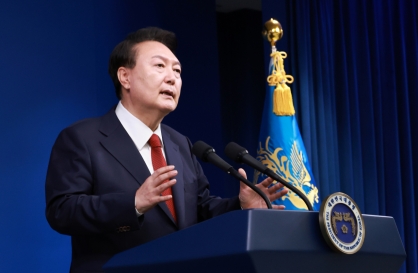


![[K-pop’s dilemma] Can K-pop break free from ‘fandom’ model?](http://res.heraldm.com/phpwas/restmb_idxmake.php?idx=644&simg=/content/image/2024/05/09/20240509050541_0.jpg&u=20240509173751)
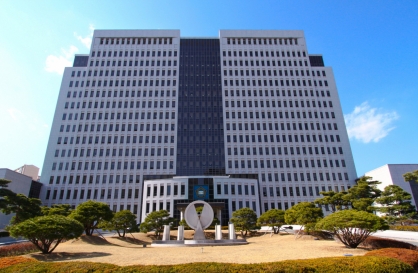


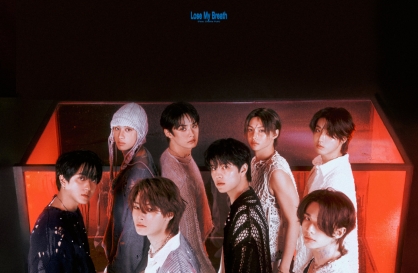
![[News Analysis] Yoon's first 2 years marked by intense confrontations, lack of leadership](http://res.heraldm.com/phpwas/restmb_idxmake.php?idx=644&simg=/content/image/2024/05/09/20240509050612_0.jpg&u=20240509233252)
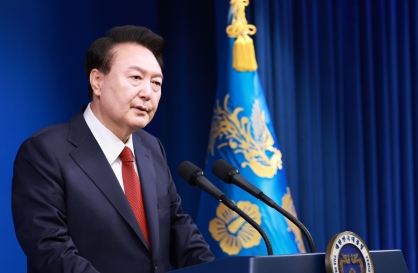


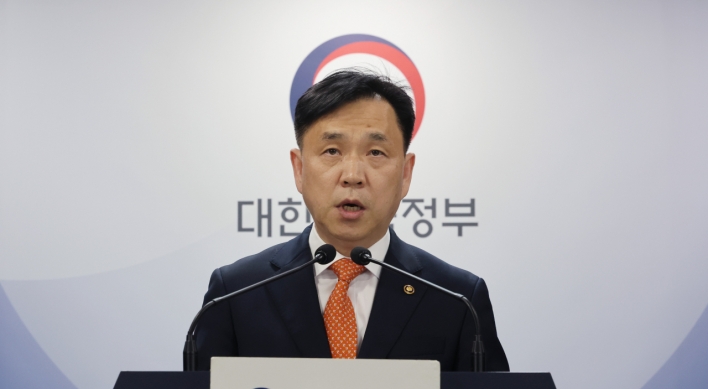



![[Today’s K-pop] NCT’s Mark to drop 1st solo album in February 2025](http://res.heraldm.com/phpwas/restmb_idxmake.php?idx=642&simg=/content/image/2024/05/10/20240510050597_0.jpg&u=)